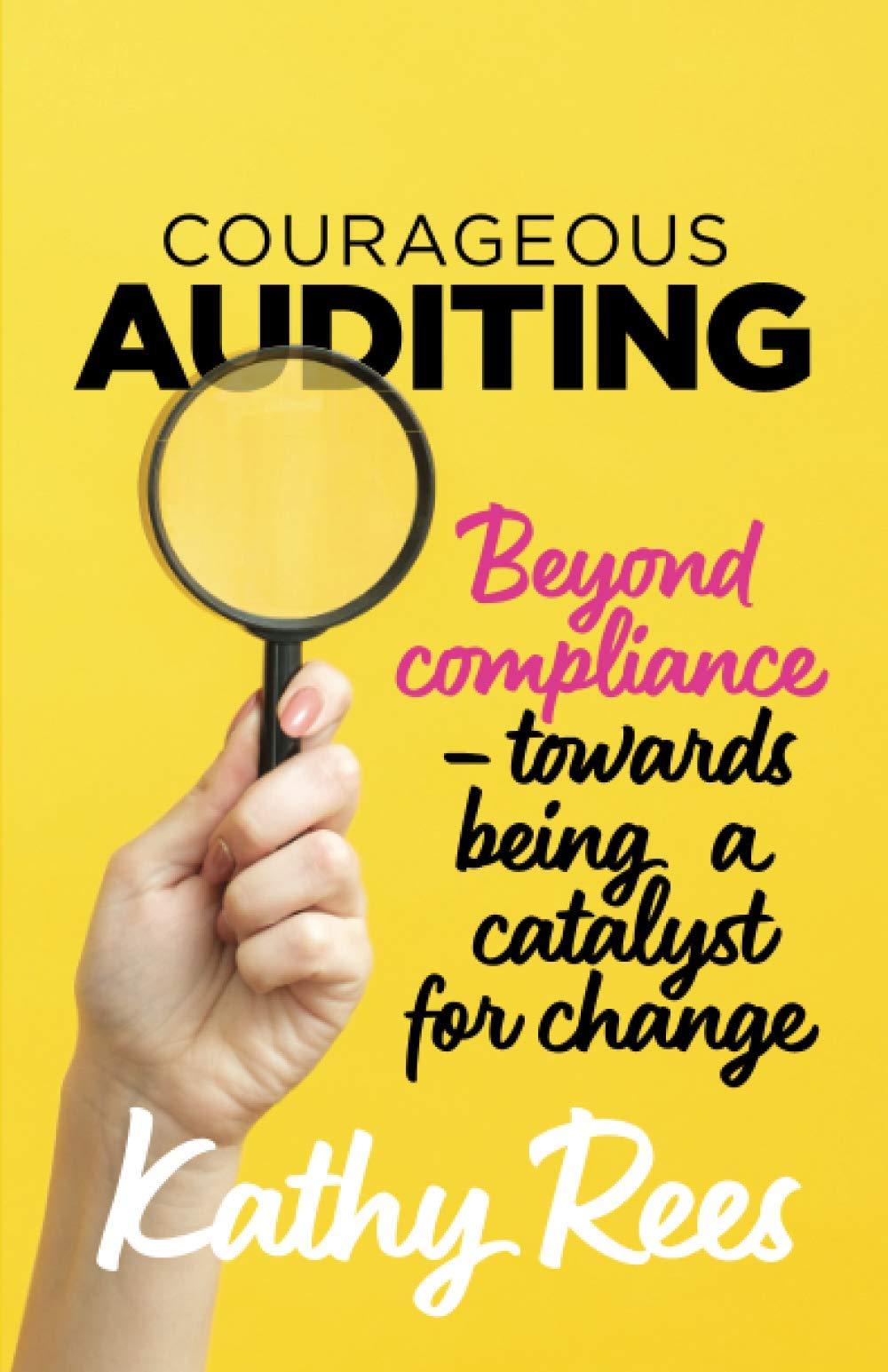Question
Thom Yorke is a typical mean-variance investor, currently invested 100% in a diversified U.S. equity portfolio with expected return of 12.46% and volatility of 15.76%.
Thom Yorke is a typical mean-variance investor, currently invested 100% in a diversified U.S. equity portfolio with expected return of 12.46% and volatility of 15.76%. Thom is considering adding the STCMM fund to his portfolio. STCMM invests in U.S. small-capitalization, high-technology firms and has an expected return of 14.69% and a volatility of 32.5%. Thom has determined its correlation with his current portfolio to be 0.7274. He is also intrigued by the LYMF fund, which invests in several emerging markets. The expected return on the fund is only 12%; it has 35% volatility and a correlation of 0.2 with his portfolio. The correlation of the LYMF fund with the S TCMM fund is 0.15. Assume that the risk-free rate is 5%. a . I f Thom is interested in improving the Sharpe ratio of his portfolio, will he invest a positive amount in one of the funds? Which one? Carefully explain your reasoning. b. Suppose Thom is more risk averse than his friend, Nick Cave. Both cannot short-sell securities, and both are thinking of splitting their entire portfolio between the U.S. portfolio that Thom is currently holding, the STCMM fund, and the LYMF fund. They also do not invest in the risk-free asset and do not consider levering up risky portfolios. Compare the two investors optimal holdings. Who will invest more in the LYMF fund, and who will invest more in the STCMM fund? Why?
Step by Step Solution
There are 3 Steps involved in it
Step: 1

Get Instant Access to Expert-Tailored Solutions
See step-by-step solutions with expert insights and AI powered tools for academic success
Step: 2

Step: 3

Ace Your Homework with AI
Get the answers you need in no time with our AI-driven, step-by-step assistance
Get Started


